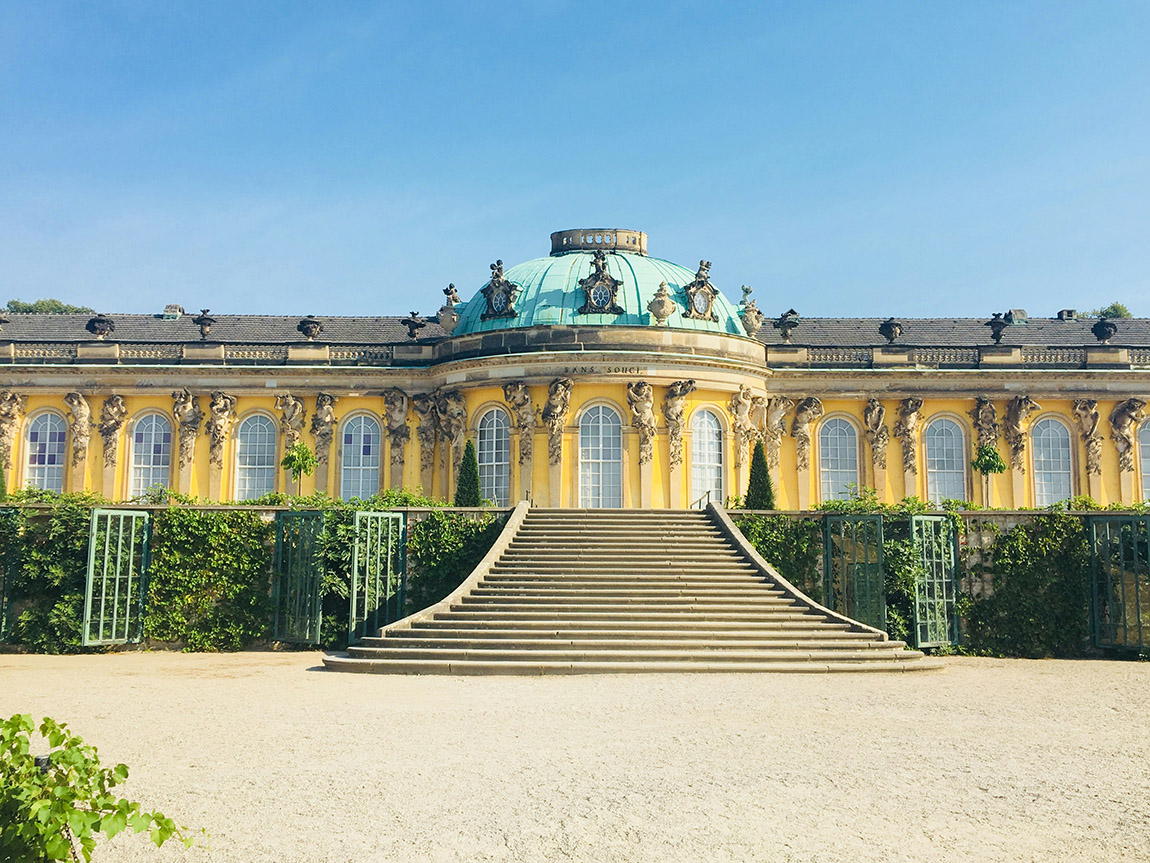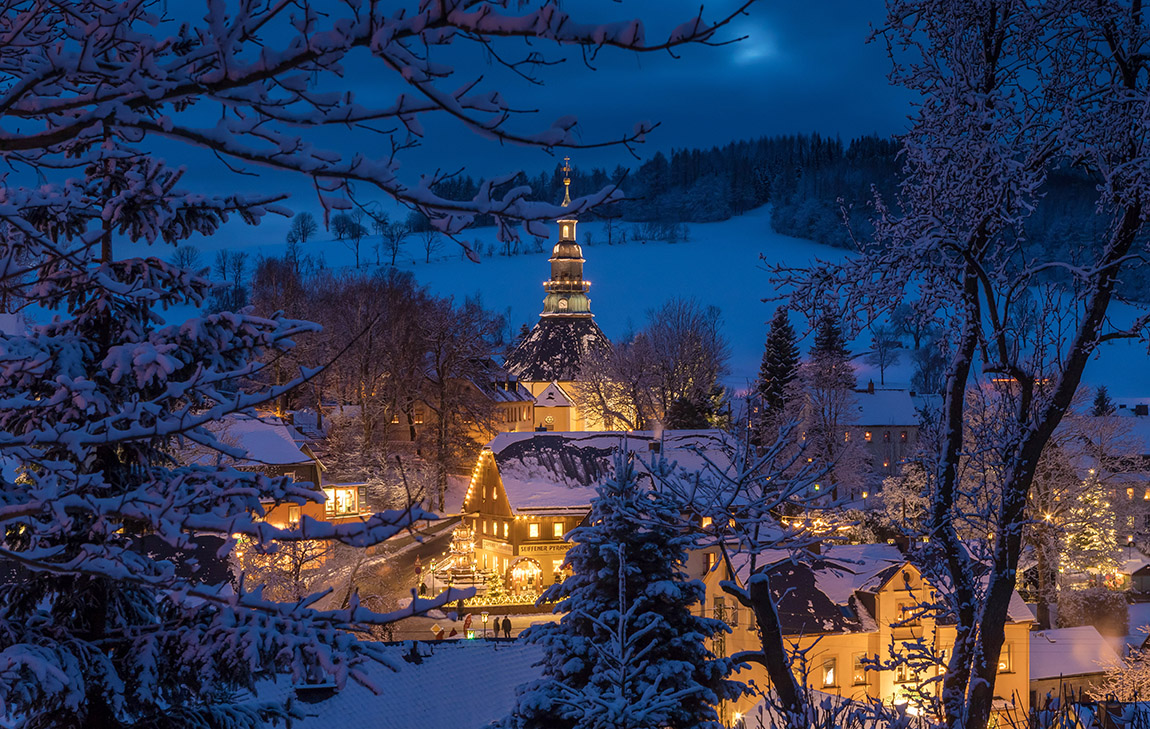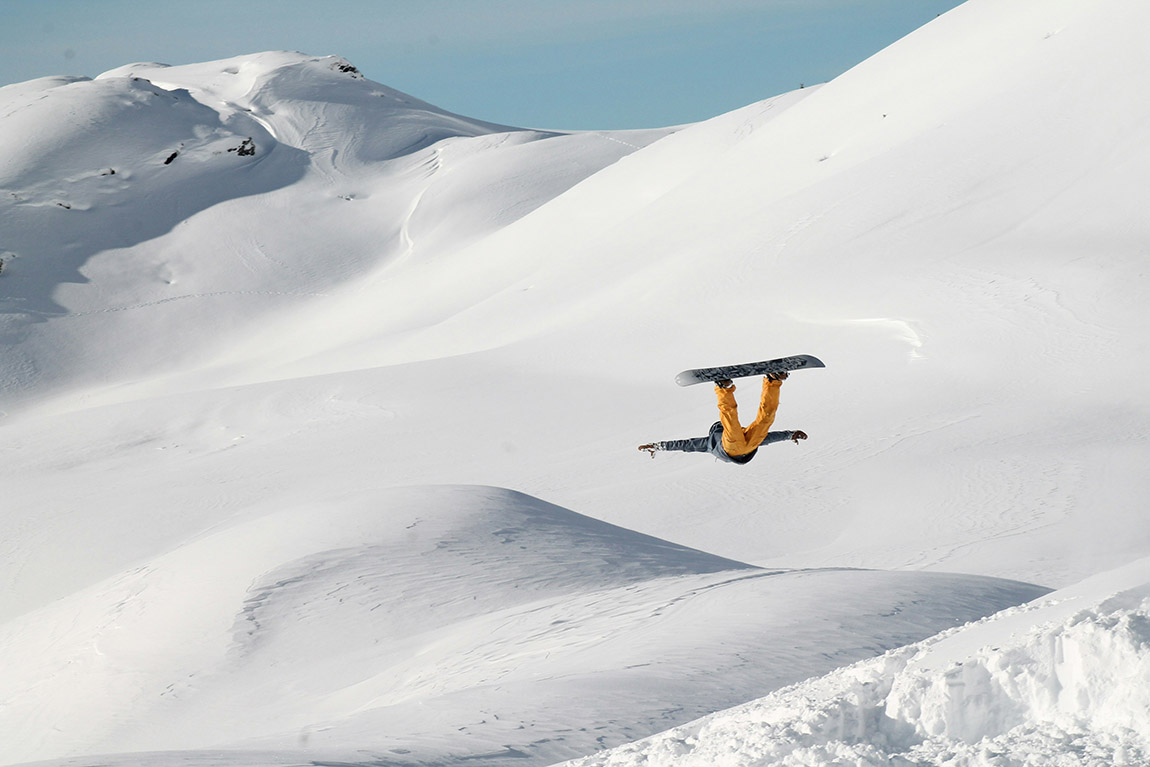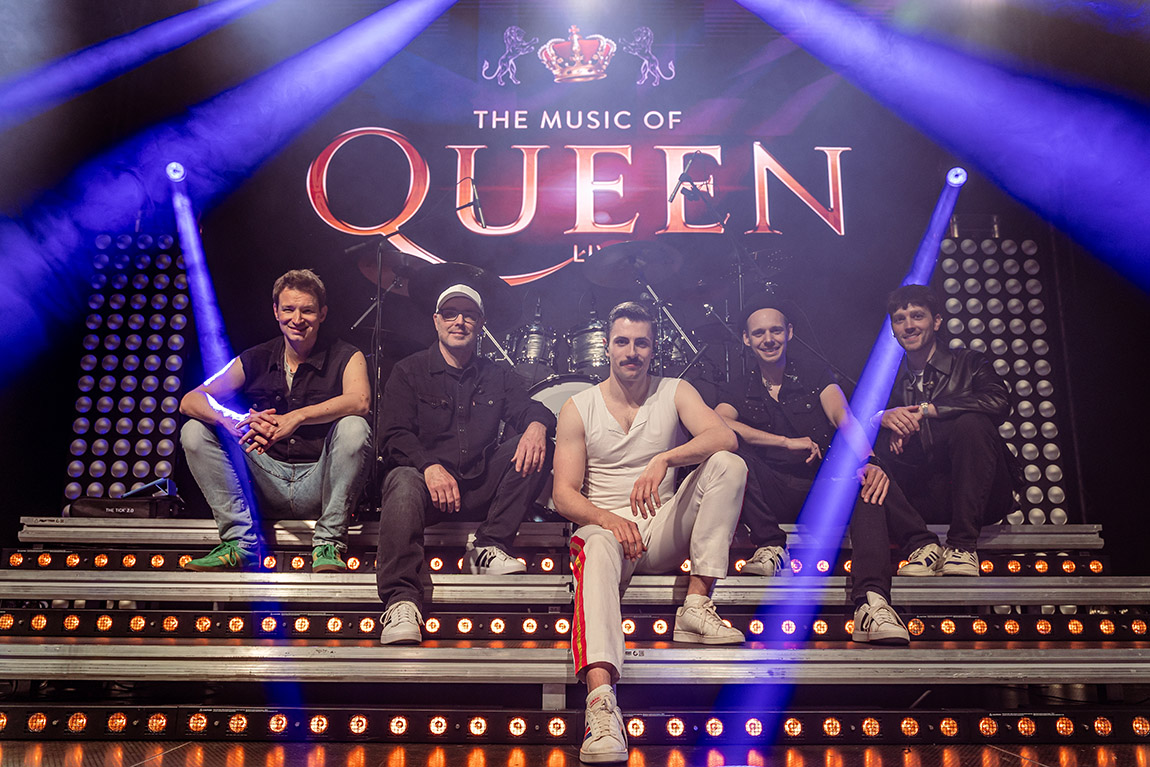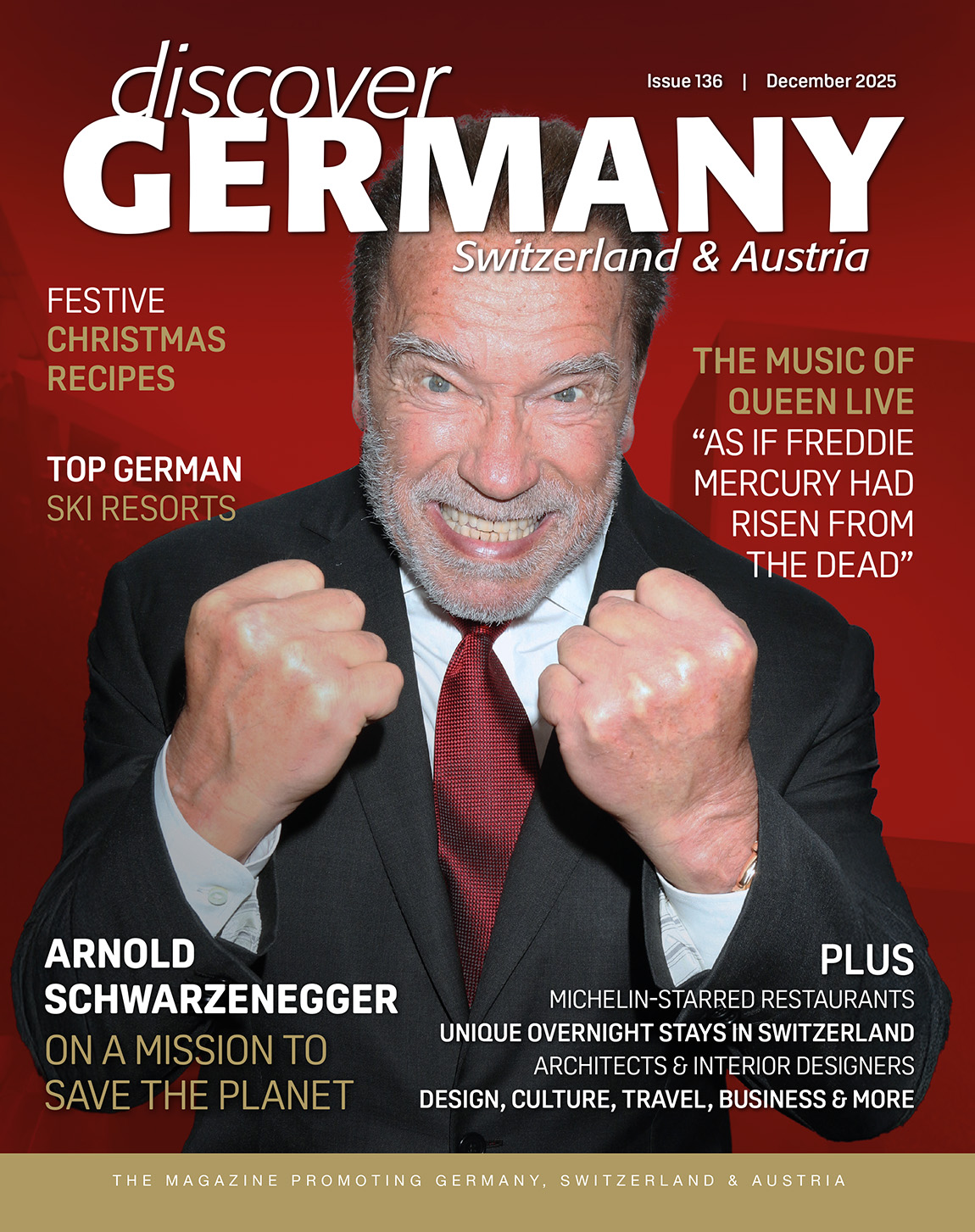WARTBURG CASTLE: A SIGNIFICANT CULTURAL LEGACY
TEXT & PHOTOS: STUART FORSTER
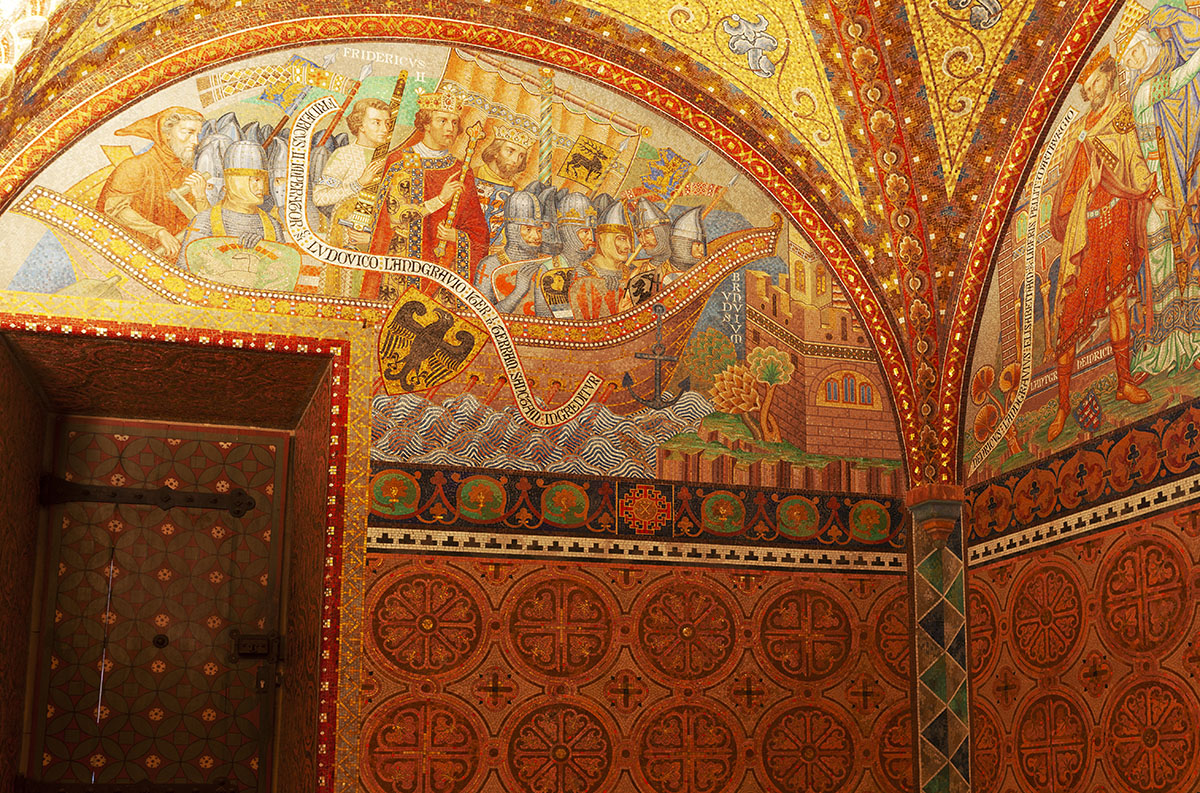
Bright sunshine cuts through the chilled, mist-laden air hanging with uncanny stillness around Wartburg Castle in central Germany. The scene appears ready for a director to call ‘action’ on a horror movie that might take viewers into the serene lair of some sleeping vampire lord. Instead “follow me, please” is uttered politely by our tour guide, who patiently intimates that we stop clicking photos and follow her into the UNESCO World Heritage Site.
The fog of warm breath carrying her words rolls towards us and dissipates. I nod, acknowledge that I’m on my way, and then turn back to admire the magnificent exterior of the medieval castle.
Snow dusts the steep-sided rocks that the imposing landmark is built upon. The precipice drops for more than 400 metres. It’s easy to understand why, centuries ago, this location near the town of Eisenach was chosen to host a fortress. Difficult to reach, Wartburg Castle has commanding views far over the surrounding countryside.
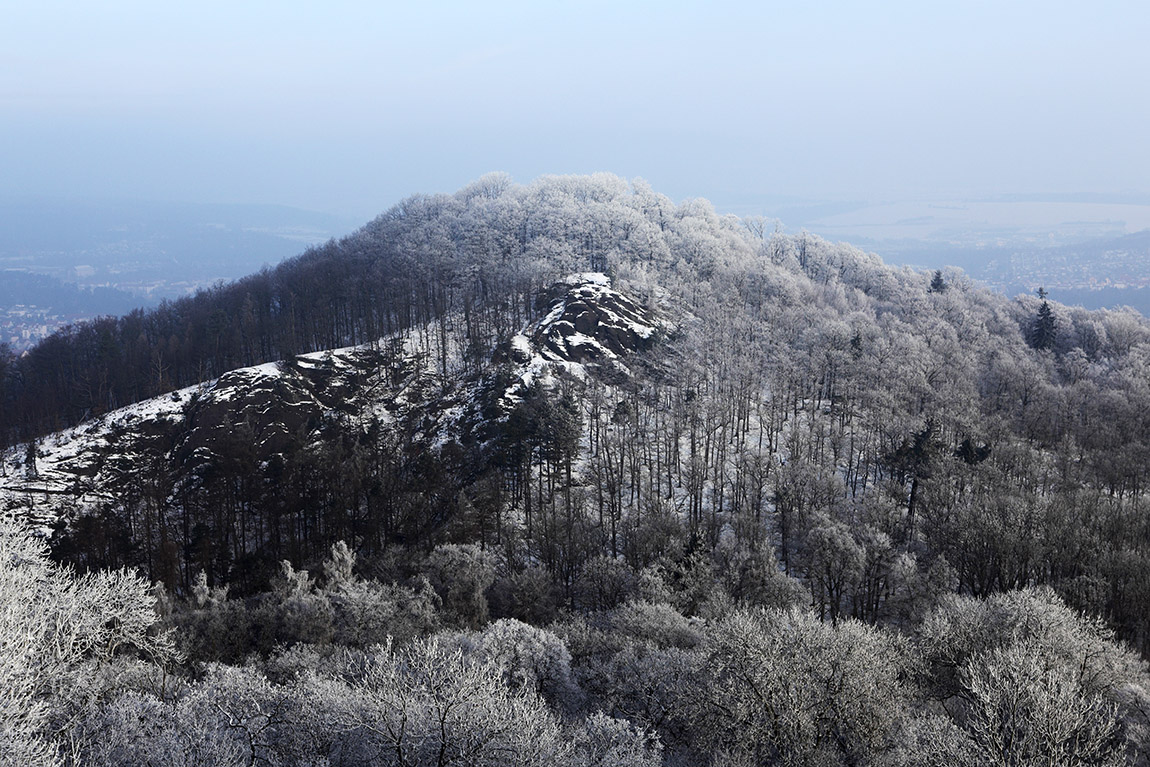
From its ramparts, occupying Soviet troops could gaze into the homeland of their morally decadent enemy and defend their comrades in the German Democratic Republic from the corrupting influence of the West. Unwittingly, the border defences and strict regulations that for decades denied civilians entry to the Thuringian Forest helped the woodland regenerate and rewild during the Cold War. For nature lovers, that makes the area today known as the Green Heart of Germany and a fulfilling place to spend time outdoors.
The Thuringian Forest Nature Park is characterised by dense woodland penetrated by hiking routes, including the 170-kilometre Rennsteig Trail. From vantage points around the castle, gazing out at branches still bare of leaves but covered by today’s heavy frost, it’s easy to imagine the expanses of old-growth forest that once decked so much of central Europe and played such a key role in folklore. The Brothers Grimm famously collected such popular stories and wrote them down as fairytales, building upon a tradition of engaging storytelling that has close associations with Wartburg Castle.
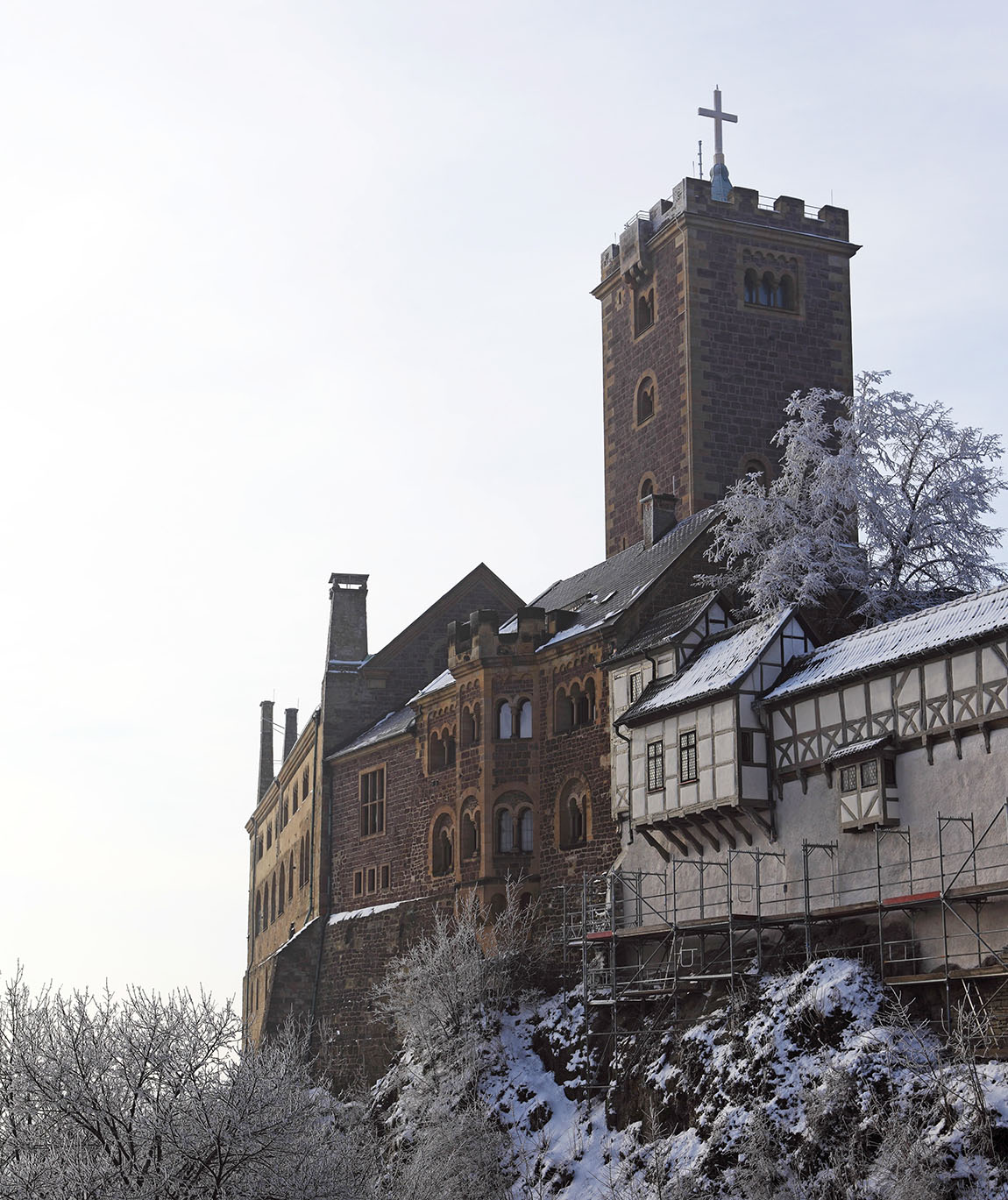
Interestingly, the fortification can lay claim to being the birthplace of the German language as we know it today. While staying at the castle, from May 1521 until March 1522, Martin Luther translated the New Testament of the Bible from ancient Greek into a form of German that could be widely understood. In an age of distinctive regional dialects and little standardisation, Luther’s choices became popularised by the printing presses that helped share his version of the New Testament.
Inside a small and sparsely furnished room, visitors look at an edition of his work beneath a protective glass casing. The book is displayed atop a scratched wooden desk, next to an uncomfortable-looking chair with U-shaped arms, in the room where Luther transcribed the New Testament. Presumably, the green ceramic tiles of the heater in the corner of the room date from significantly later.
An oil painting of Luther, a stern-looking bearded figure, is displayed on the wall, above where he is reputed to have worked. When he arrived at Wartburg, the castle was already more than 450 years old. Having already been excommunicated, Luther was being afforded protection by Frederick the Wise, the Elector of Saxony, and was living under the name Junker Jörg. Some versions of the tale suggest he was more a captive than a willing guest and a pawn in the power politics of the early 1520s.
Would Luther recognise many of the castle’s half-timbered buildings if he joined a tour today? The castle underwent remodelling during the 19th century, a time when so many of Germany’s castles were restructured to fit with Romantic ideals of how the fortresses of the Middle Ages should look. Aspects of the Romantics’ views of the era were drawn from the lyrical poems of Walther von der Vogelweide and Wolfram von Eschenbach, whose works espoused chivalric ideals.
Von Eschenbach is believed to have composed at least part of his great work Parzival in the castle – the work was Richard von Wagner’s inspiration for his opera Parsifal. The medieval minstrel is depicted on a dramatic fresco by Moritz von Schwind, showing a scene from an event that reputedly took place in 1207 within the castle’s walls. Known as the Sängerkrieg, meaning Minstrels’ War, the leading lyrical poets of the age are said to have participated in a contest to win honour and renown.
That work is displayed within the castle’s Singers’ Hall inside the Palas, which is recognised as the best-preserved secular Romanesque building north of the Alps. The structure dates from the third quarter of the 12th century and features ornate embellishments dating from 700 years later, including mosaics on the ceiling arches and depictions of armour-clad knights under banners bearing heraldic symbols.
Myth and medieval history have become interwoven at Wartburg Castle. Visiting conveys the uses of the fortress over the past nine and a half centuries and insights into its significant cultural legacy.
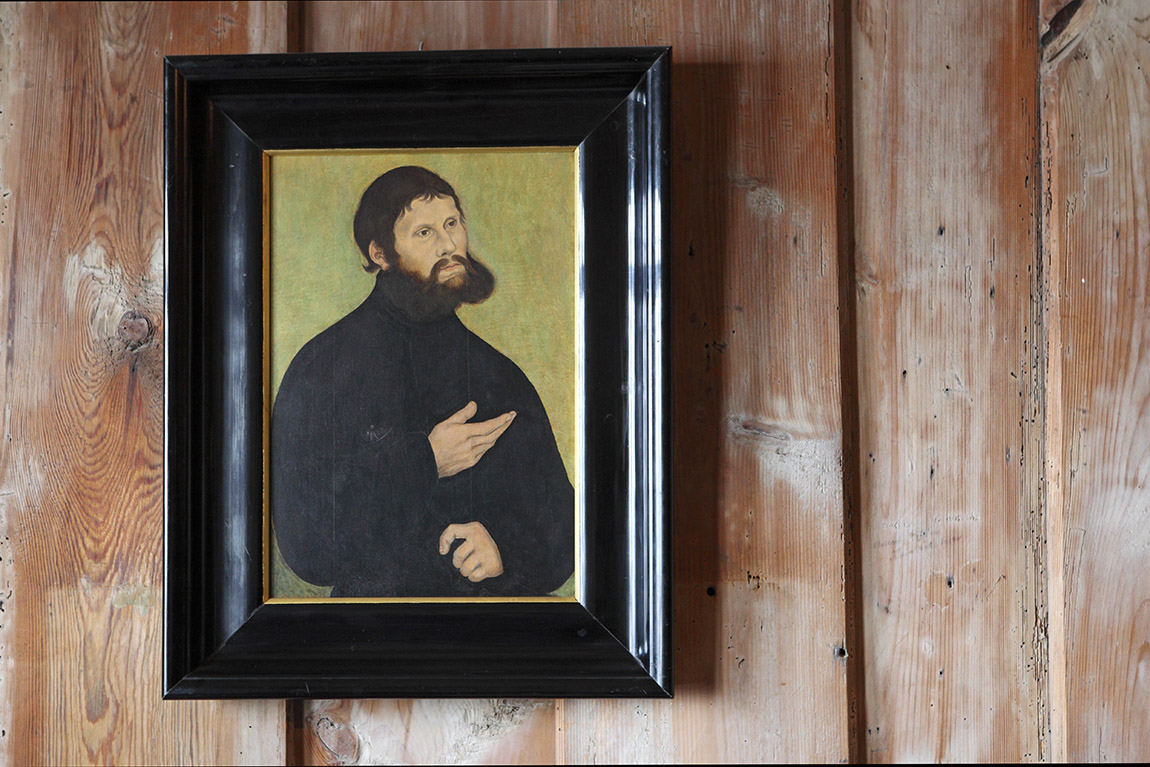
Subscribe to Our Newsletter
Receive our monthly newsletter by email

